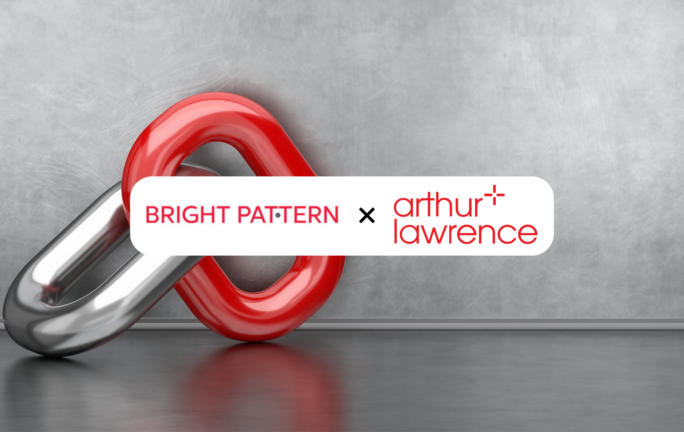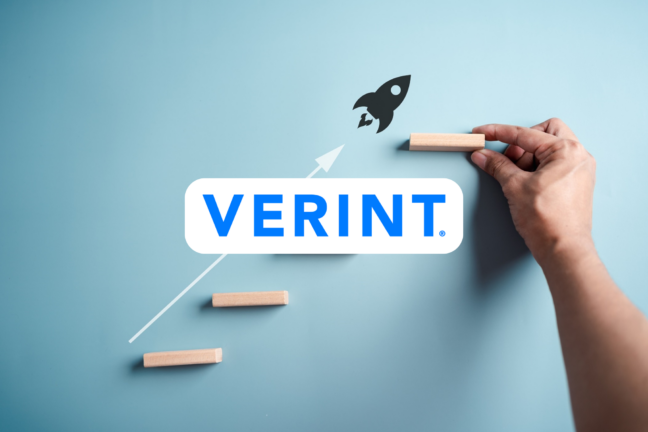"One of the most successful beta launches" in the company's history, Adobe Firefly is a family of creative generative AI models that helps Adobe users generate images and text effects in a matter of seconds.
Firefly is embedded both into creators' workflows in Adobe's own applications and, soon to be, in Google's Bard. Firefly's first model is trained on Adobe Stock images with expired copyrights to generate commercially viable and professional quality content.
In the product's launch press release in March this year, David Wadhwani, President, Digital Media Business, Adobe, said:
“Generative AI is the next evolution of AI-driven creativity and productivity, transforming the conversation between creator and computer into something more natural, intuitive and powerful.”
What makes Firefly so revolutionary is that it enables enterprises to train it with their own creative material to generate content that fits their company's brand.
Indeed, Firefly was destined for success. Within the first month of its beta launch, over 70 million images were made with its capabilities. Creators leveraged text-to-image, vector re-coloring, and various text effects to create extraordinary content. Now, Adobe is partnering with Google to bring Firefly's capabilities to millions of users of Google's "experimental conversational AI service" Bard.
Partnership with Google Bard
The recently announced partnership between the two companies aims to turn Firefly into the premier generative AI partner for Bard, bringing advanced text-to-image capabilities. The integration will enable users to describe their vision to Bard in simple language and create Firefly-generated images directly in Bard. Then, they will have the option to edit and use them for designs in Adobe Express.
“The incredible response to our Adobe Firefly beta demonstrates the power and potential of generative AI to inspire more people to create and the strong demand for a creator-centric, commercially viable approach,” said Ely Greenfield, CTO, Digital Media at Adobe.
Adobe will use the Content Authenticity Initiative’s (CAI) open-source Content Credentials technology to bring transparency to the process, visibly stating that the images have been generated through this integration. The initiative surpassed 1,000 global members, which include tech and media companies, camera manufacturers, creative professionals, researchers, and many others.
“At this critical moment in history, as generative AI becomes more powerful and prevalent than ever, people need a way to tell what’s behind the content they’re consuming. Content Credentials will enable creators to tell their stories authentically, while providing easy-to-use tools to verify how a piece of content was created and modified,” said Dana Rao, General Counsel and Chief Trust Officer at Adobe.
All images developed through this integration will be available for editing with Adobe Expresses's templates, fonts, Stock images, and other assets. Thanks to Firefly having the CAI’s Content Credentials on by default, every image created in Bard using Firefly will have transparency built in.
The CAI’s Content Credentials is a free, open-source tool that acts as a digital “nutrition label.” which means that the credentials show information like name, date, and the tools used to create the image, along with any edits made. This information remains embedded in the content forever - regardless if it is used, published or stored, enabling consumers to make informed decisions about digital content.










